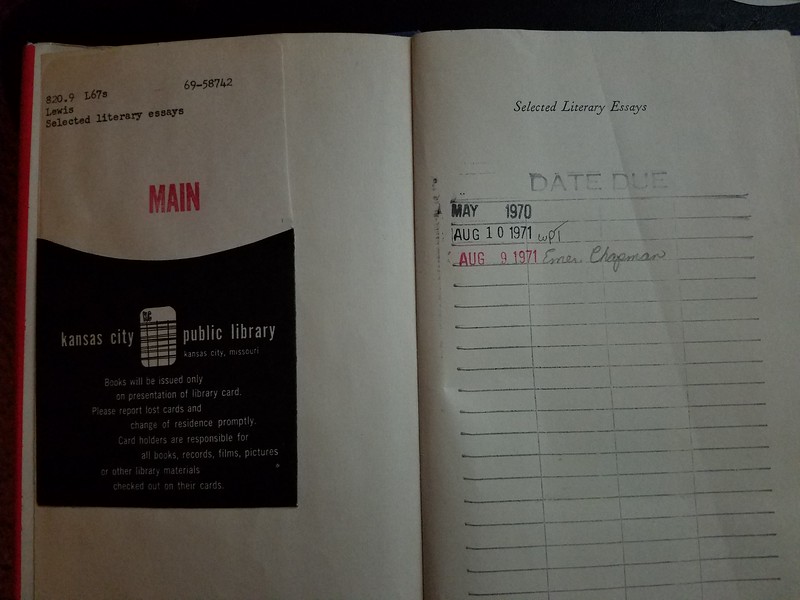
Happy Lunar New Year and welcome to the Year of the Tiger!
Three dozen years ago, this Wednesday, I became a mom, bringing our son into the world. Derek did not slip quietly in, but roared with hunger and passion.
Today, he is a proud father and I’m a grandmother who lives too far away from her grandson. This year, I resolve to remedy this separation and cut my three hour flight, or three day drive, to less than a half hour. I also resolved, during my Christmas holiday family break, to return to reading, where I found my time better spent than hoping the next streaming series or movie would live up to its hype and being perpetually disappointed.
A few days before Christmas, I discovered an audiobook edition of one of my favorite books from the early 90s. Revisiting this novel thirty years later, it still brought tears to my eyes, but did not resonate as vibrantly as my rose-colored memories did. I’m glad I listened to it, but I’m not sure it rates a five star favorite ranking anymore.




I quickly followed that audiobook with my annual reading of A Christmas Carol by Charles Dickens, this year narrated by Frank Muller and recorded in 1980. I immediately listened to many other Christmas short stories, including The Night Before Christmas by Moore, A Country Christmas by Alcott, The Fir Tree by Anderson, The Birds’ Christmas by Wiggin and “Yes, Virginia There Is a Santa Claus.” Betwixt and between all the classic Christmas tales, I enjoyed the Dune graphic novel. On the final day of 2021, I started Connie Willis’ A Lot Like Christmas, which became my first book of ten to finish since the beginning of 2022.









